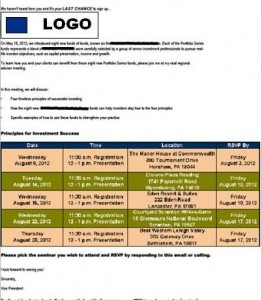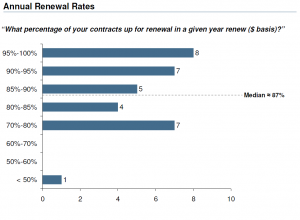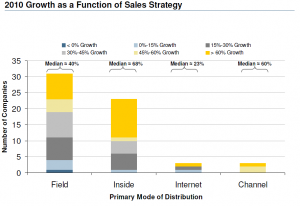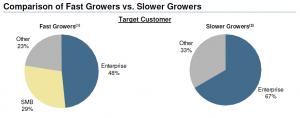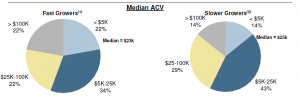Since EMI’s founding over 20 years ago, a core focus has been what we call “marketing for sales.” One of the key propositions of this focus is to bring marketing principles, strategy, and messaging to the point of sale. And it’s obvious that many companies struggle with this, as we often encounter samples of sales campaigns that demonstrate a lack of marketing expertise. One such example is below.
The goal of this email is to get the target audience to attend these sessions, and certainly there are elements in the email – the prominence given to the information table to attract the eye, the “Last Chance” message at the top of the email – that head in the right direction. However, the ability of email to achieve its objectives as effectively as possible is undermined by execution that fails to adhere to basic principles of email marketing:
- Having a single, prominent call-to-action. In fact, the only call-to-action in the message is to respond to the email and write a message stating which session is preferable.
- Facilitating response by offering multiple response channels and making it easy to take the desired action. There is no opportunity to click on a link to respond, no number to call to register, no button taking you to a form on which you could register. Any or all of these additions would have increased response by making it easier and more straightforward.
- Offering a compelling and prominent headline that draws the recipient in. What is the headline of the email? Is it the small message at the top saying this is the last chance to register? If so, only the more patient readers would find that sentence because it is overwhelmed by the logo immediately below it.
Based on the content and the fact that typically this company is a very effective email marketer, it seems likely that the email was sent not as a marketing campaign, but rather by the sales team. This ineffective email is precisely why “marketing for sales” is so important and represents such a powerful opportunity for many companies. Imagine how many more prospects would have registered and attended these events if the email had offered large buttons for each event which, when clicked, would have registered the clicker and taken them to a confirmation page that offered them a “save to Outlook” option. Consider how much more compelling it would have been to have a name in the closing, rather than just “Vice President”. Injecting marketing expertise into sales channel activity means more registrations, which means more attendees, and that means more sales.
